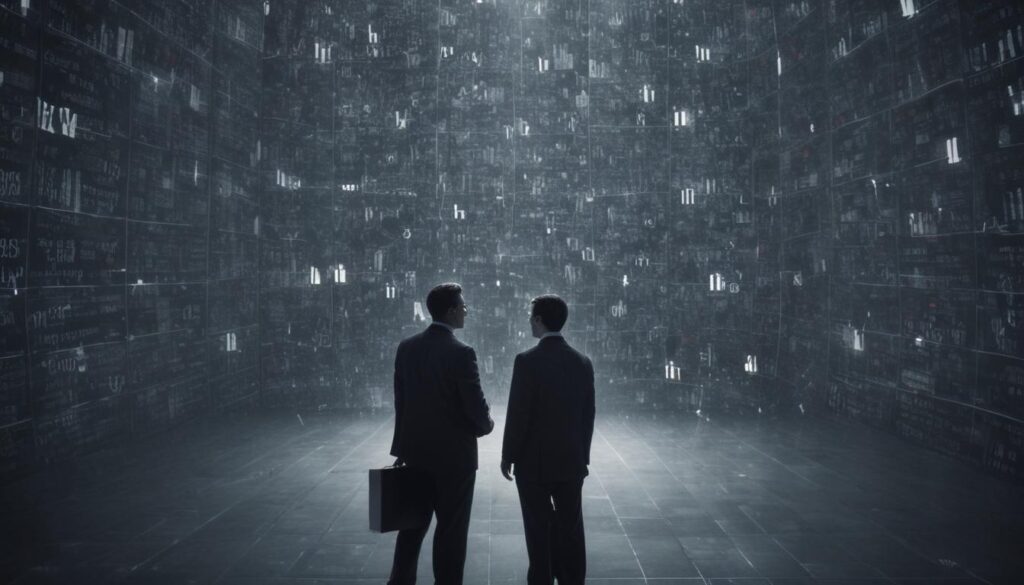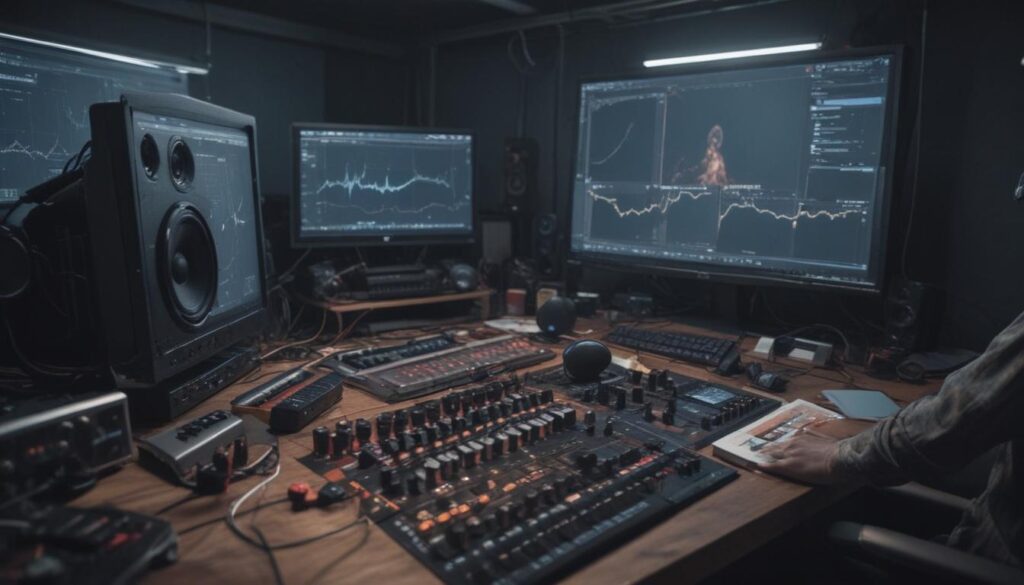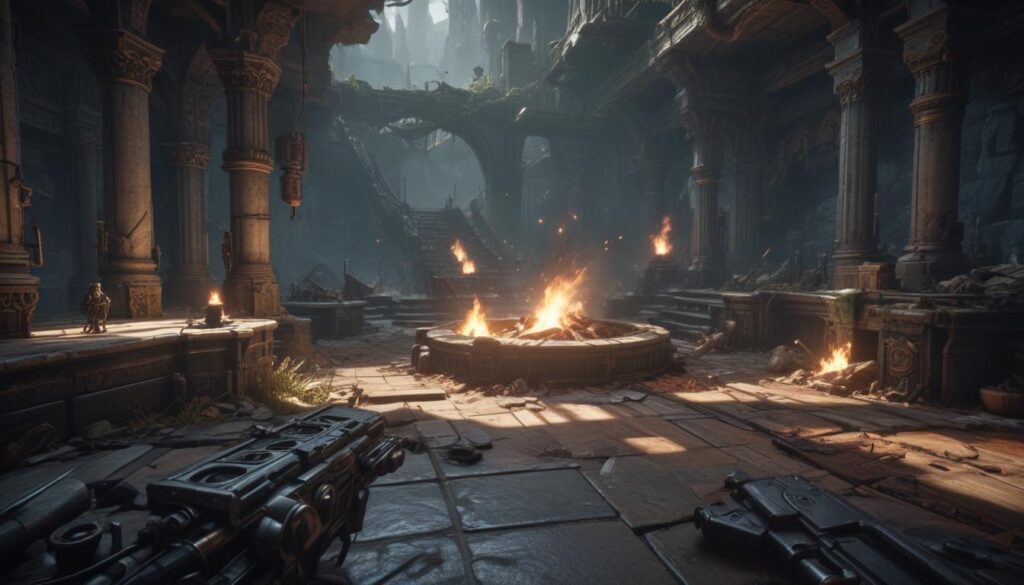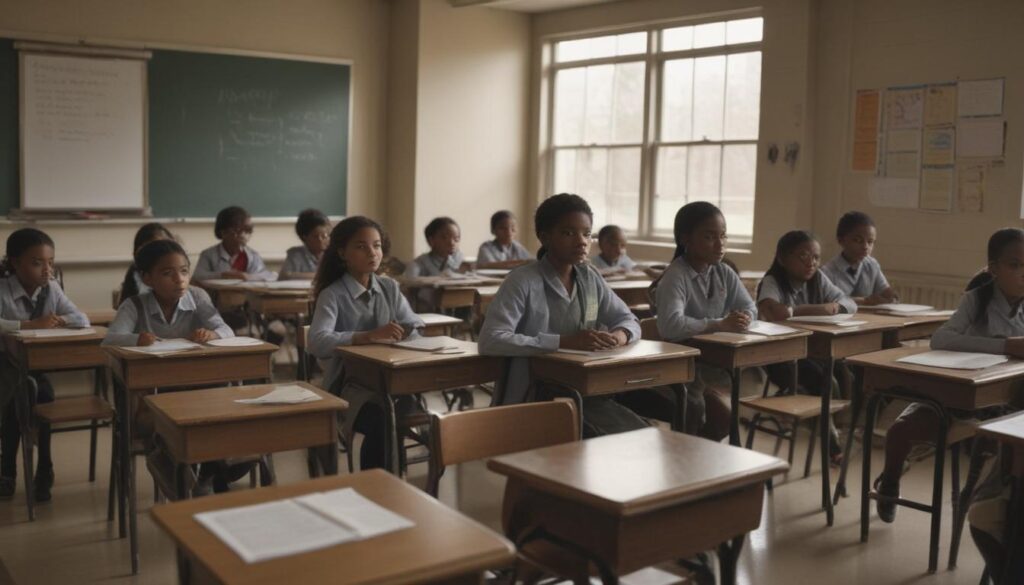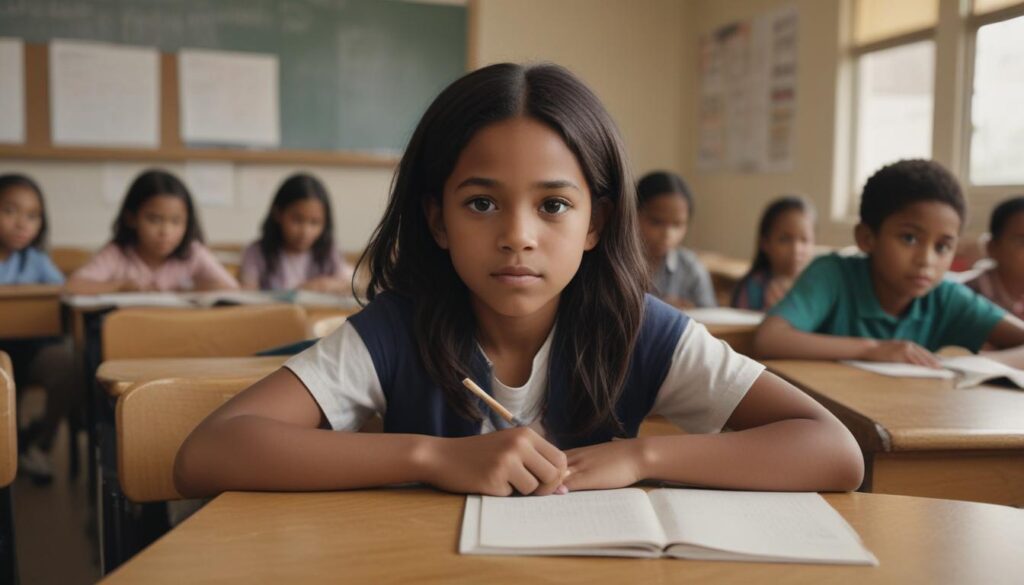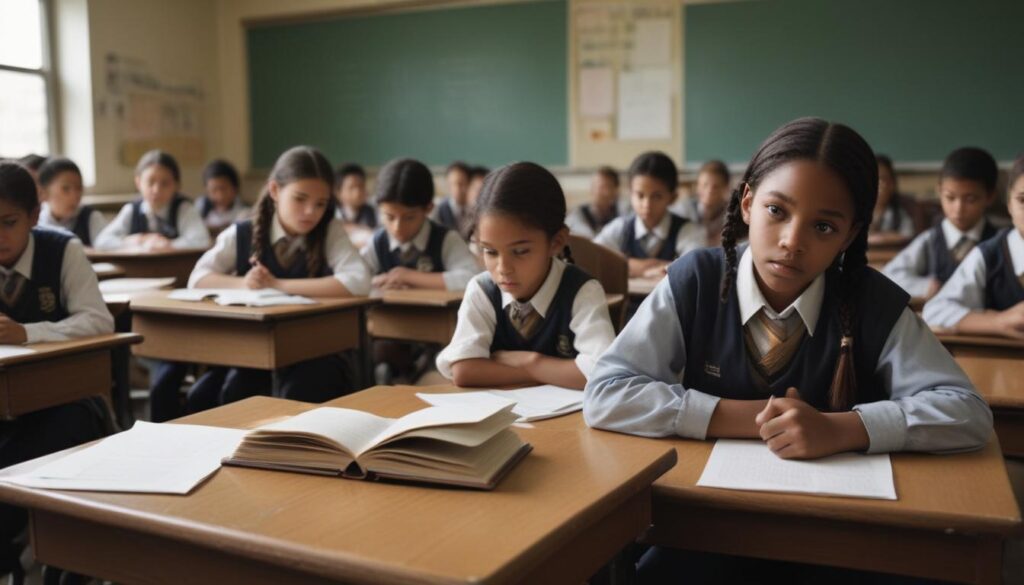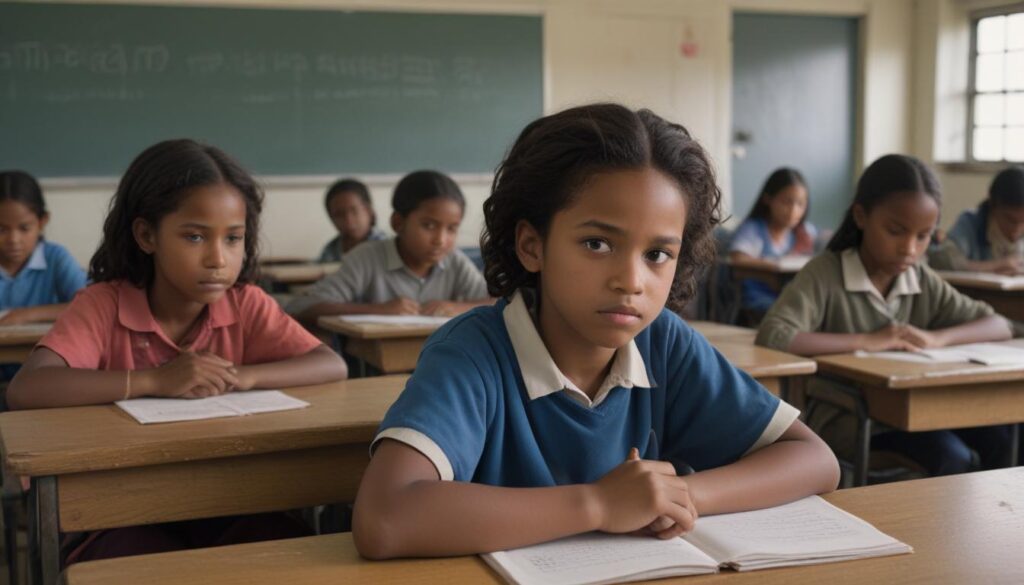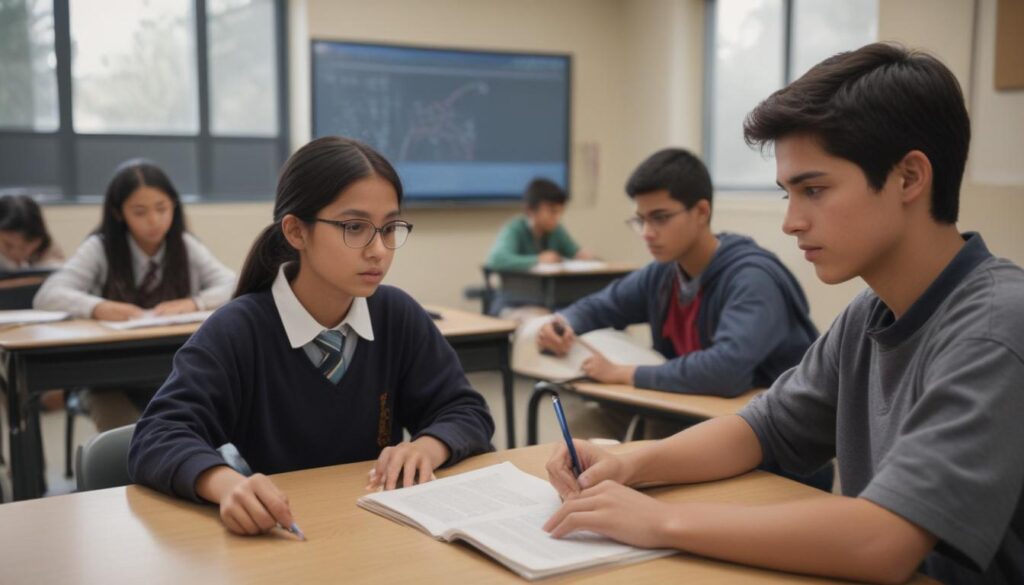Now Reading: AI Unlocks Personalized Learning
- 01
AI Unlocks Personalized Learning
AI Unlocks Personalized Learning
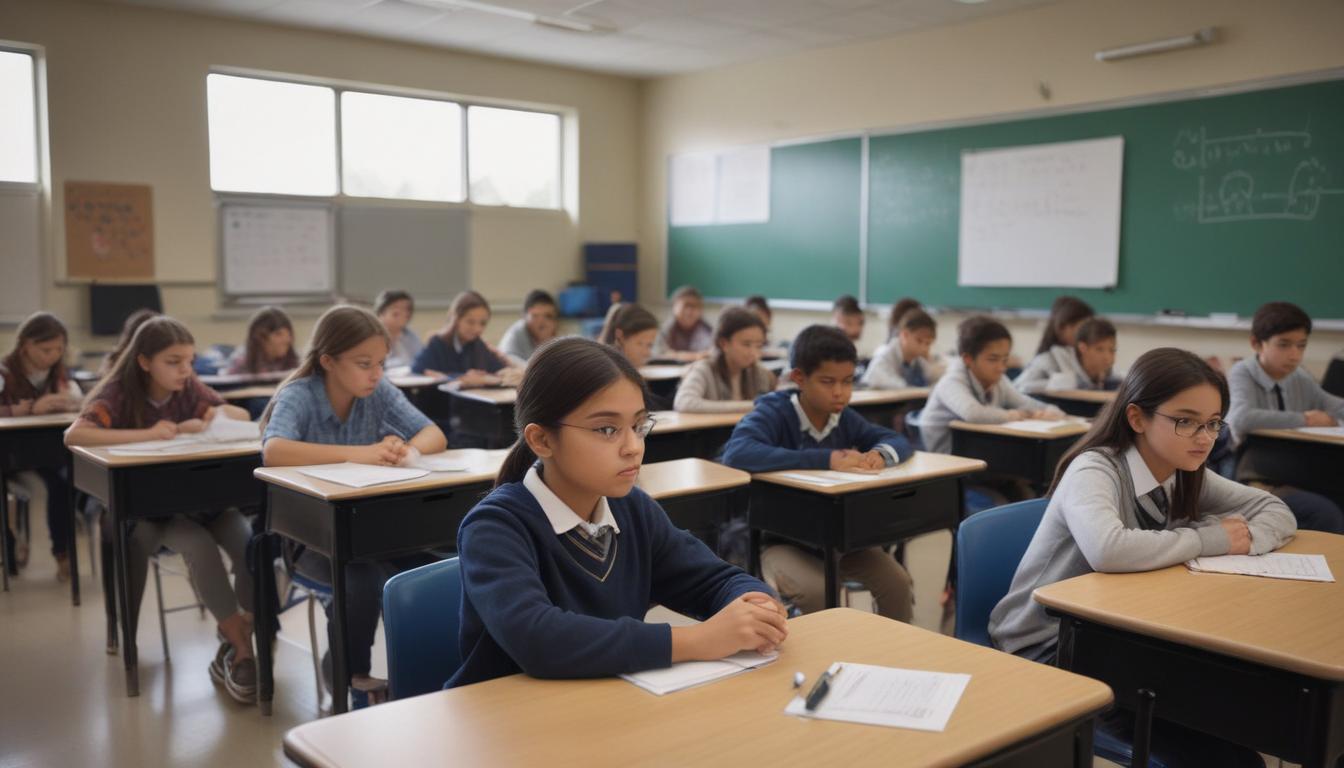
AI in Education Personalized Learning Experiences
Have you ever sat in a classroom and felt like the lesson was moving too fast, leaving you behind? Or perhaps you were on the other side, bored and waiting for everyone else to catch up. This is the fundamental challenge of traditional education a one-size-fits-all model trying to serve a room full of unique minds. For decades, educators have done their best to bridge this gap, but it’s an overwhelming task. What if there was a way to tailor every single lesson to every single student? This isn’t science fiction; it’s the reality being built today with Artificial Intelligence.
AI is poised to transform the educational landscape by making truly personalized learning experiences accessible to all. It acts as a powerful assistant, helping students learn at their own pace and in their own way, while empowering teachers to do what they do best mentor, inspire, and connect.
The Problem with One Size Fits All Education
The traditional classroom model has served us for centuries, but it has inherent limitations. A single teacher, no matter how dedicated, cannot possibly provide continuous, one-on-one attention to thirty different students, each with unique strengths, weaknesses, and learning styles.
This approach often leads to several common issues. Advanced learners can become bored and disengaged, while struggling students can feel frustrated and give up. If a student doesn’t grasp a foundational concept, future lessons become increasingly difficult, creating a snowball effect of learning gaps. At the same time, educators are stretched thin trying to create different materials and provide individual support, leading to teacher burnout and leaving less time for high-impact instruction.
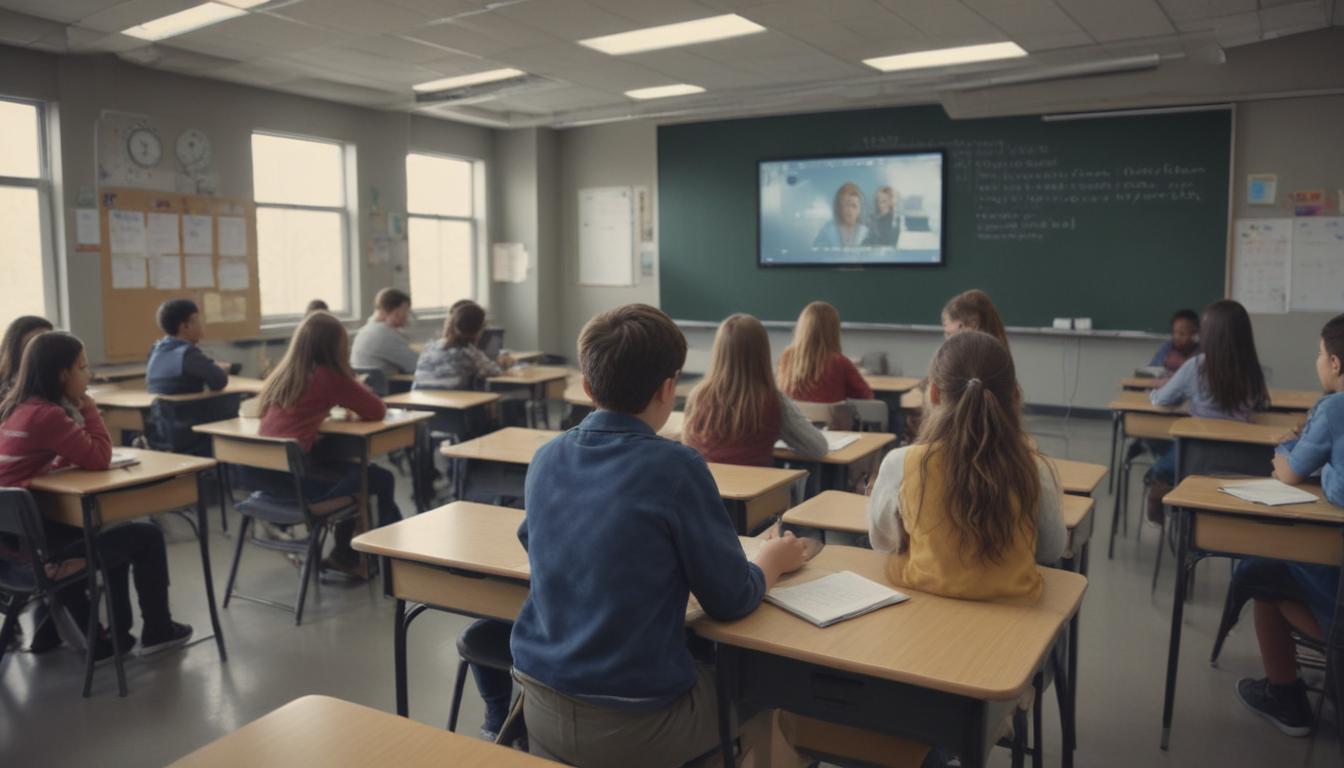
How AI Creates Personalized Learning Paths
Artificial Intelligence addresses these challenges not by replacing teachers, but by providing them with super-powered tools. AI algorithms can analyze vast amounts of data in real-time to understand how an individual student is learning. This allows the technology to create a unique educational journey just for them.
Adaptive Learning Platforms
Imagine a math program that knows exactly which type of problem you find difficult. When you get a question right, it presents a slightly harder one. If you struggle, it offers a simpler problem or a hint to reinforce the core concept. This is adaptive learning. These AI-powered platforms adjust the difficulty and content of lessons in real-time based on a student’s performance, ensuring the material is always challenging but never overwhelming.
Intelligent Tutoring Systems
Intelligent Tutoring Systems (ITS) act like a personal, 24/7 tutor for every student. These systems go beyond simple right-or-wrong answers. They can provide step-by-step guidance, offer targeted feedback on mistakes, and present concepts in different ways until the student achieves mastery. This instant, personalized feedback is crucial for building confidence and correcting misunderstandings before they become ingrained.
Data Driven Insights for Teachers
AI doesn’t just help the student; it’s a game-changer for the teacher. Instead of spending hours grading, educators can use AI-powered dashboards that provide a clear overview of class performance. A teacher can instantly see which concepts the entire class is struggling with, which students are excelling and need more advanced material, and which individuals are falling behind and need targeted intervention.
The Benefits of an AI Enhanced Education
Integrating AI into the classroom creates a more effective, engaging, and equitable learning environment for everyone involved. The positive changes can be seen in students and teachers alike.
Increased Student Engagement
When content is tailored to a student’s interests and abilities, they are far more likely to stay focused and motivated. Learning becomes a journey of discovery rather than a passive chore, sparking curiosity and a genuine desire to understand.
Improved Learning Outcomes
By ensuring students master concepts before moving on and providing immediate support when they struggle, AI helps close learning gaps. This process leads to deeper, more lasting comprehension and builds a stronger academic foundation for future success.
More Time for Meaningful Teaching
By automating administrative tasks like grading and lesson planning, AI allows teachers to focus on the human side of education. This means more time for building relationships, fostering critical thinking, and inspiring a lifelong love of learning in their students.
The Future is a Collaborative Classroom
The rise of AI in education is not about creating sterile, technology-driven classrooms. It’s about building a new kind of collaborative environment. In this future, AI handles the personalized practice and data analysis, while the teacher acts as a facilitator, a guide, and a mentor. This powerful combination of intelligent technology and irreplaceable human connection is the key to unlocking every student’s full potential and preparing them for a future we can only begin to imagine.
